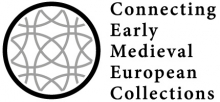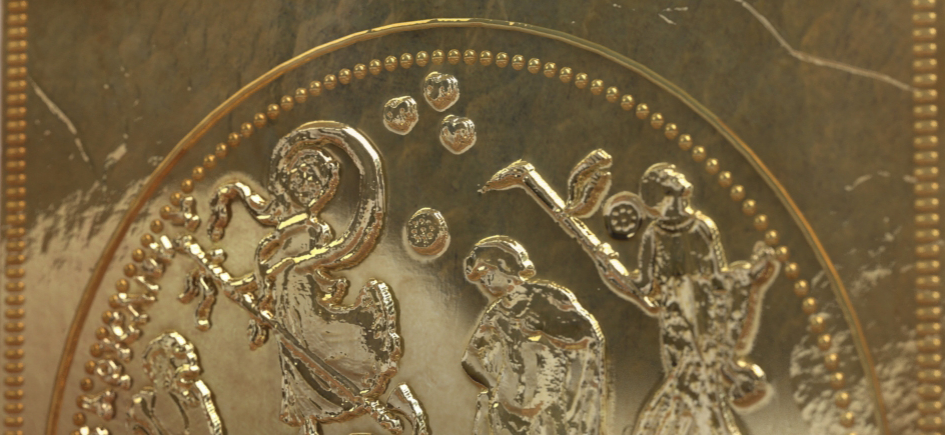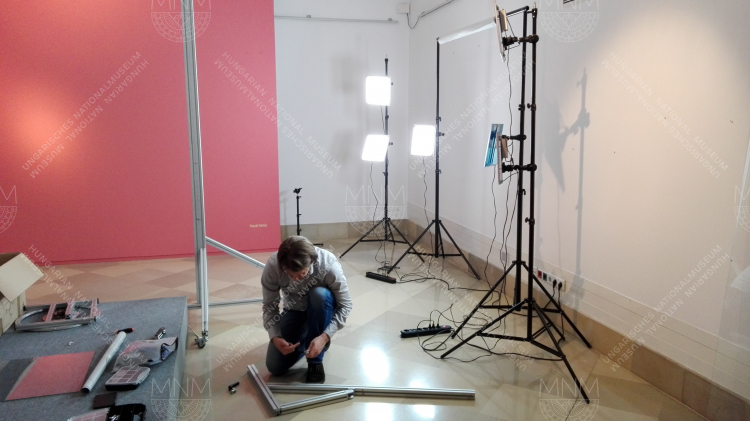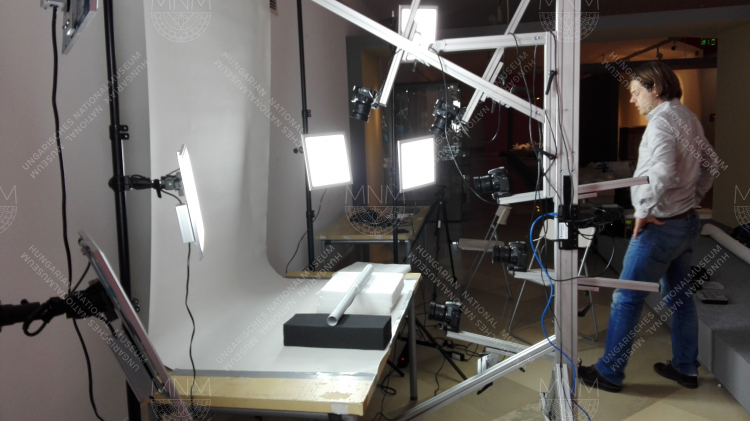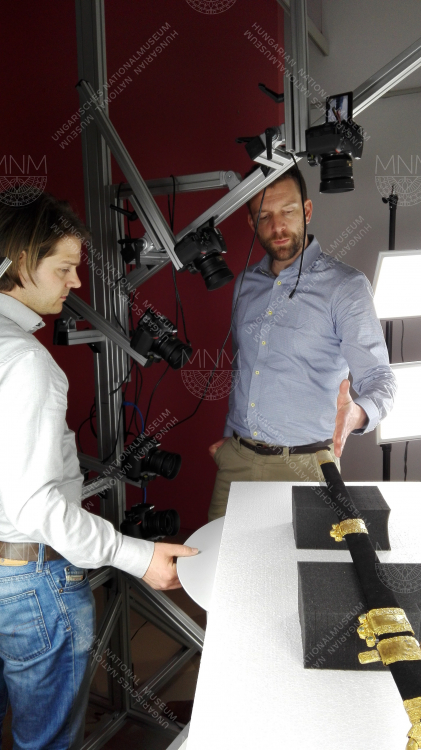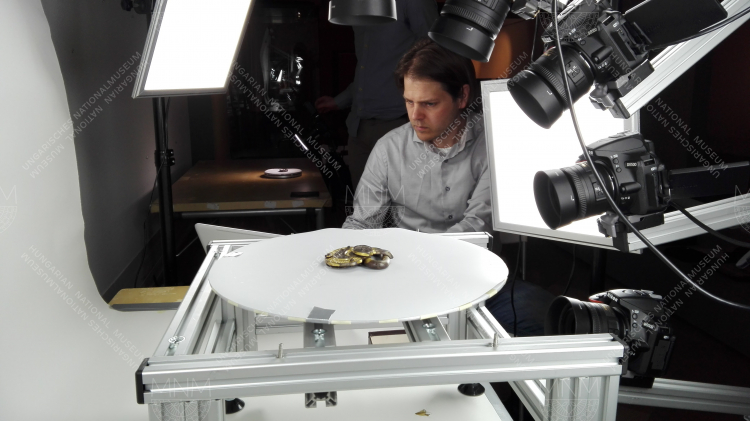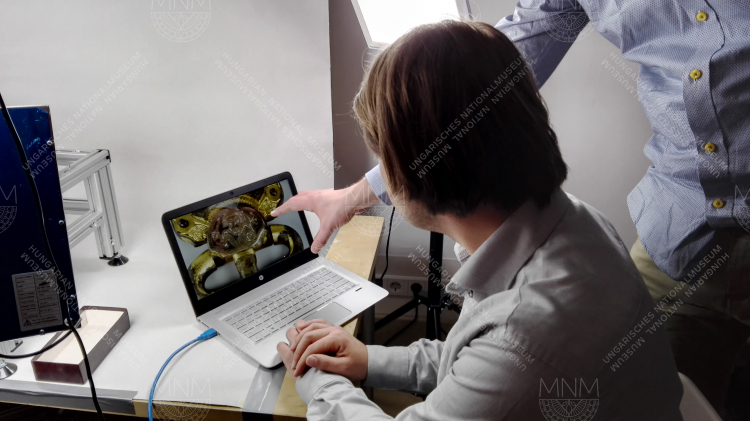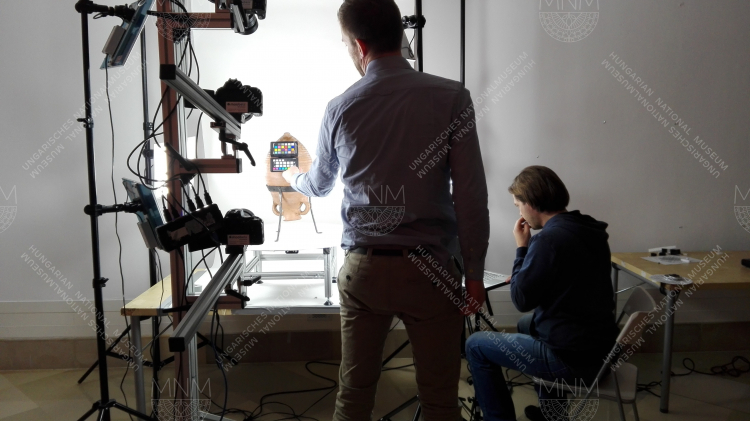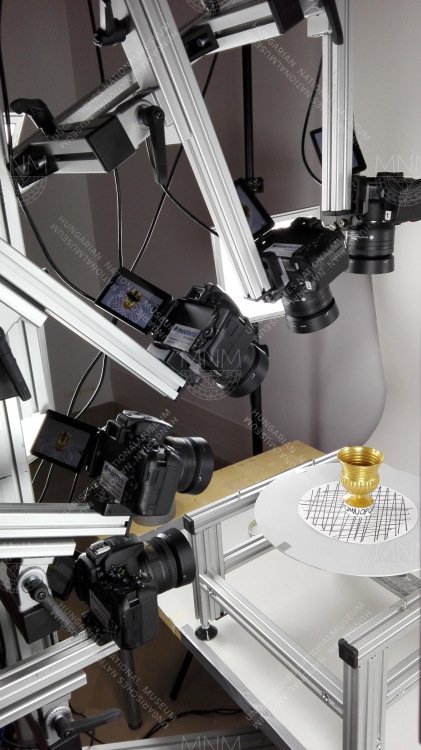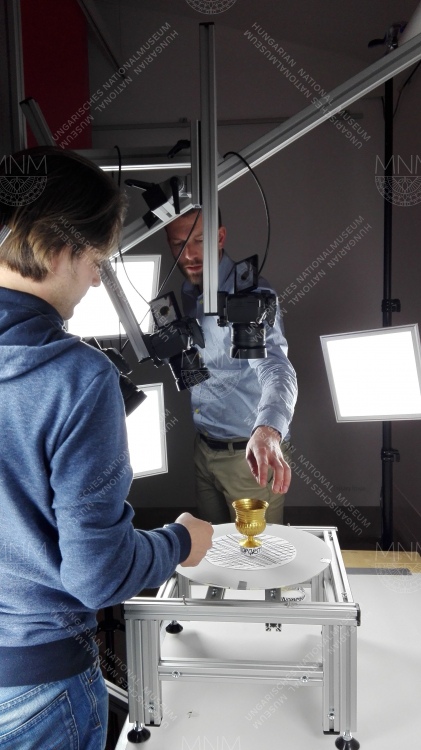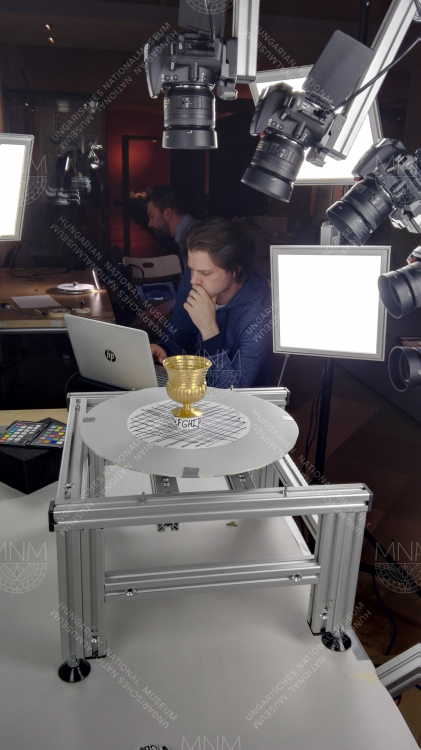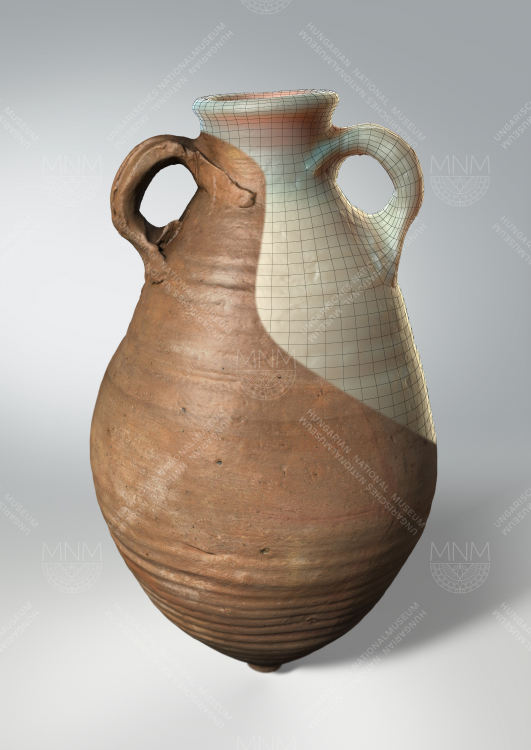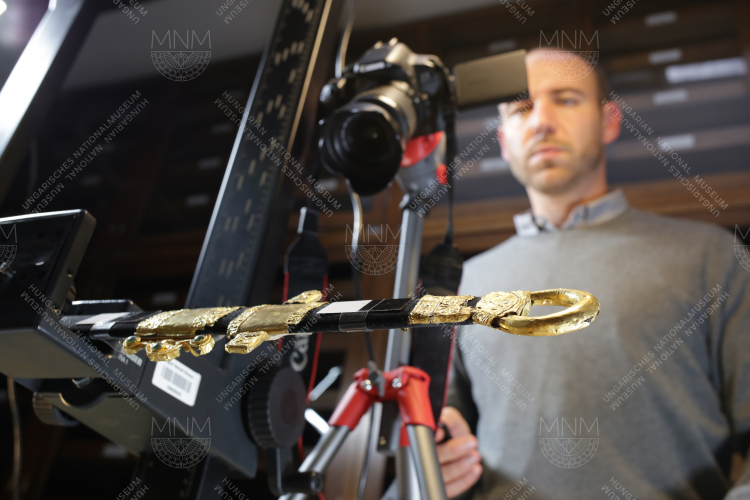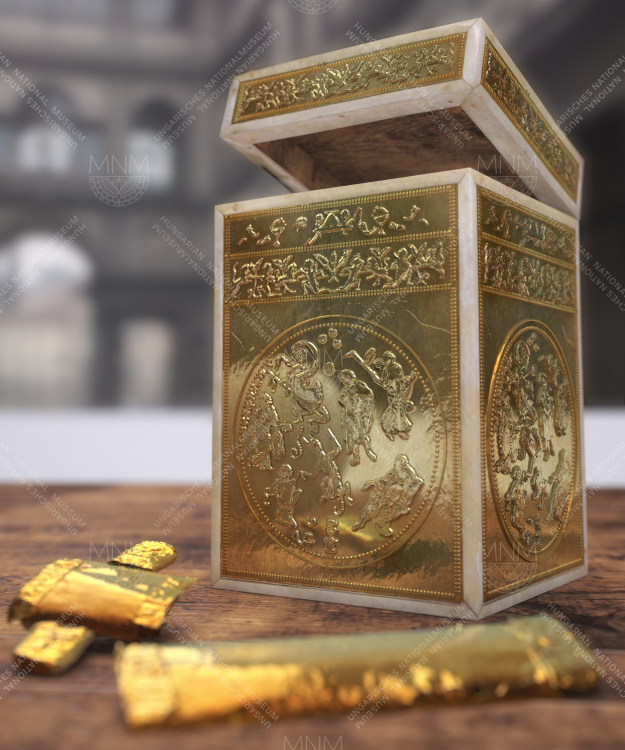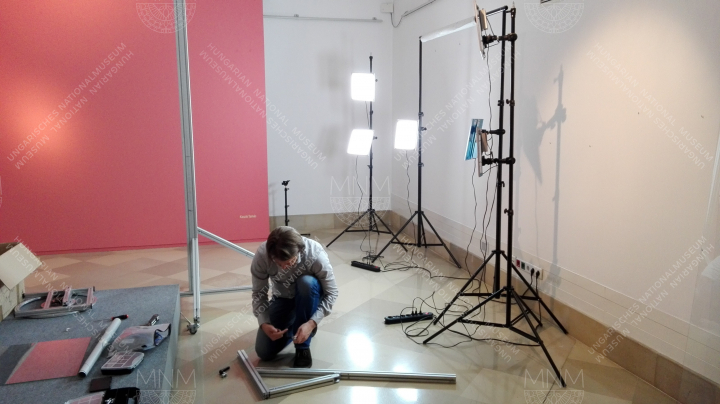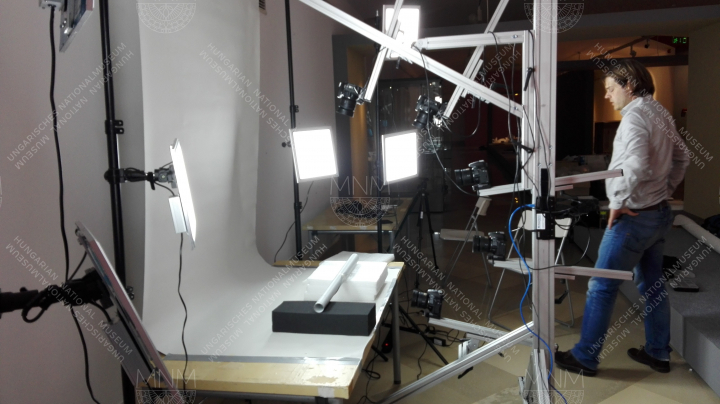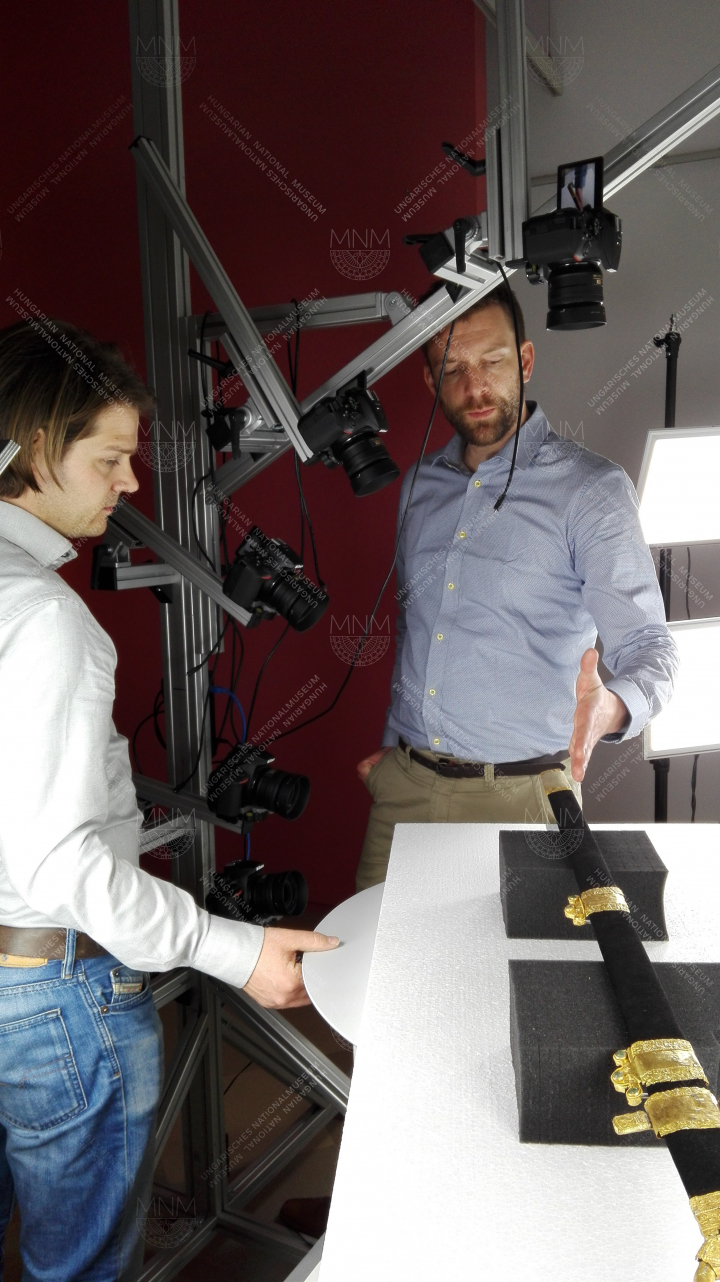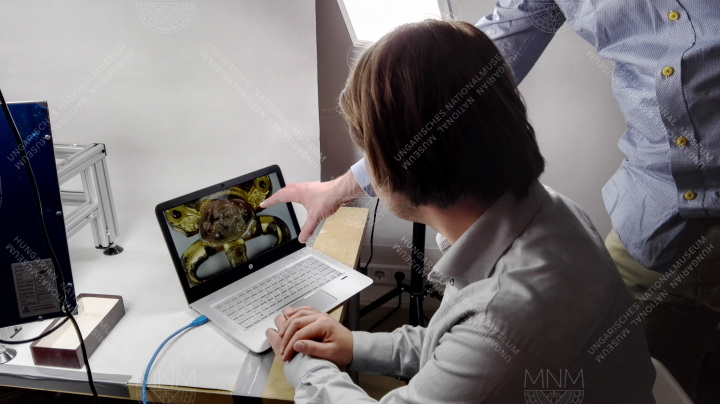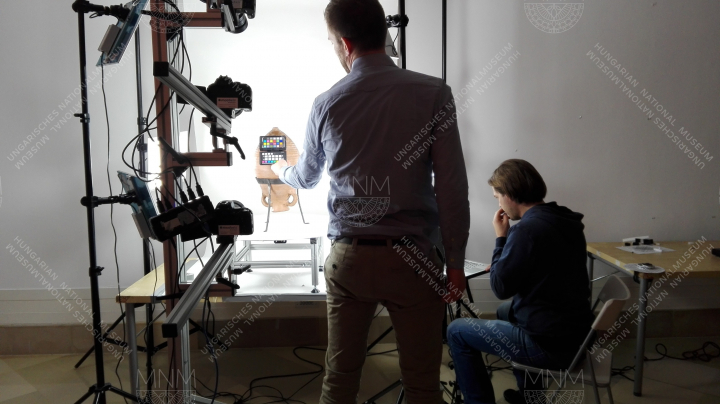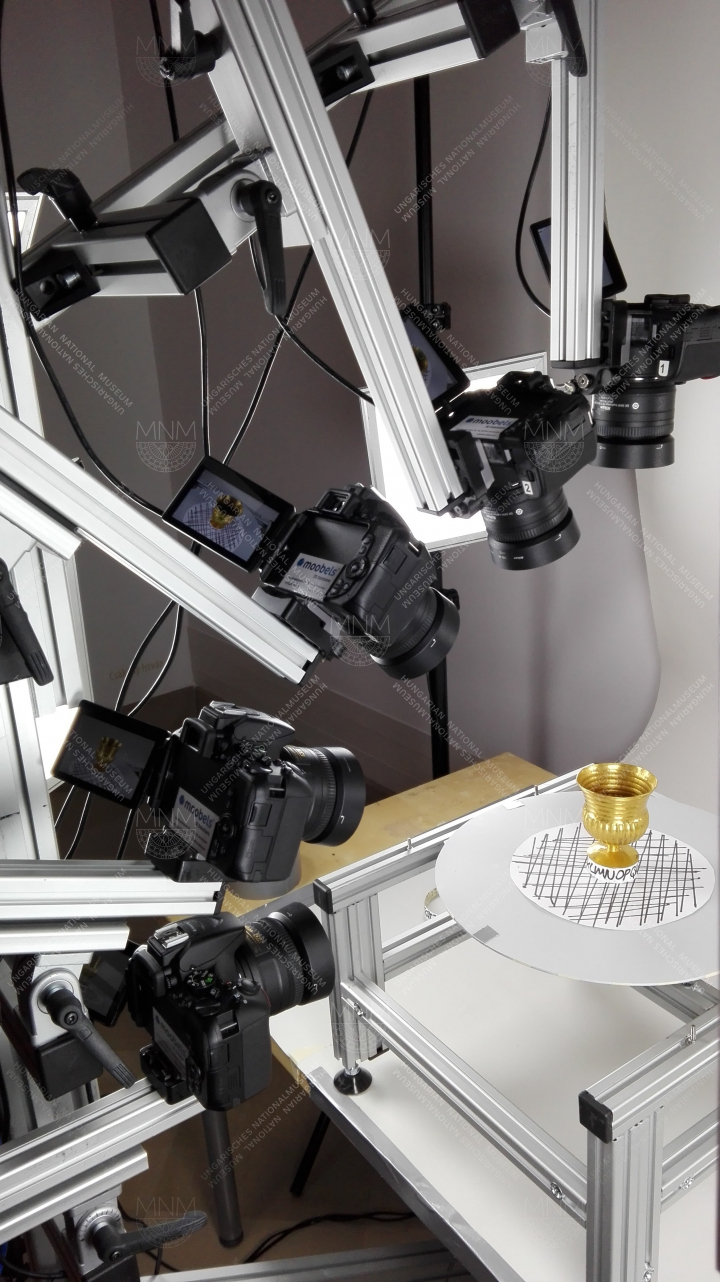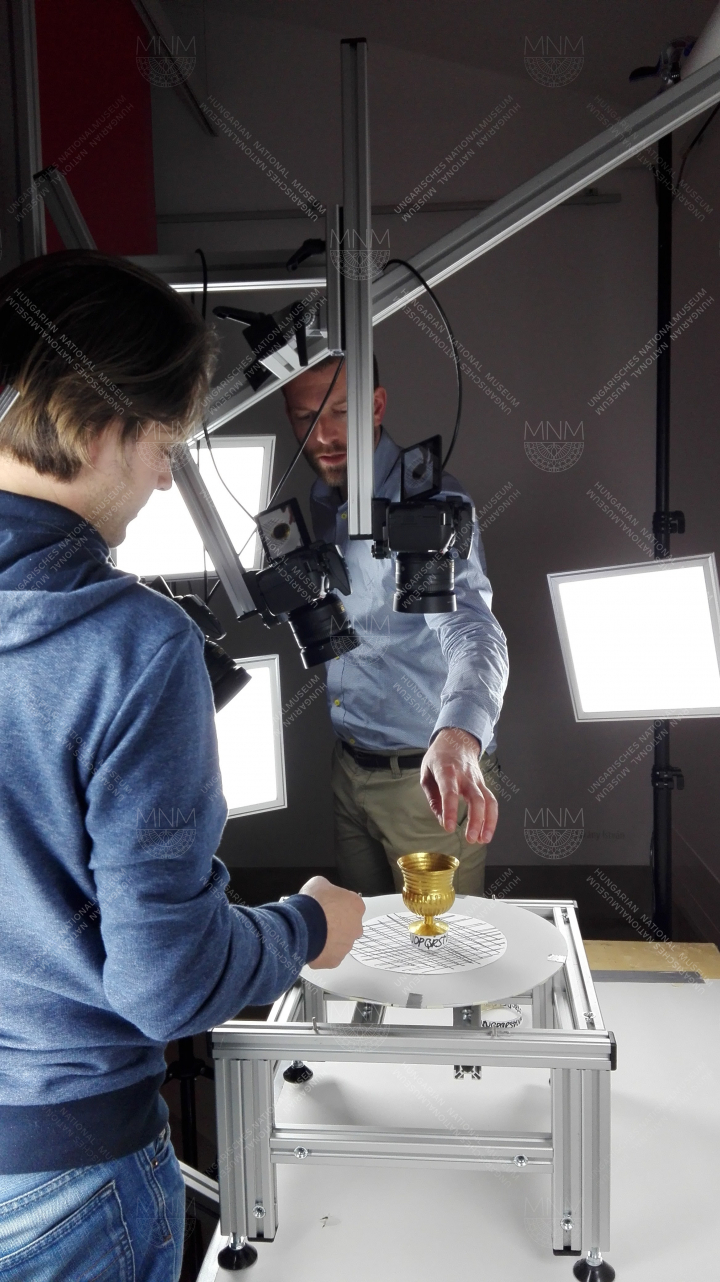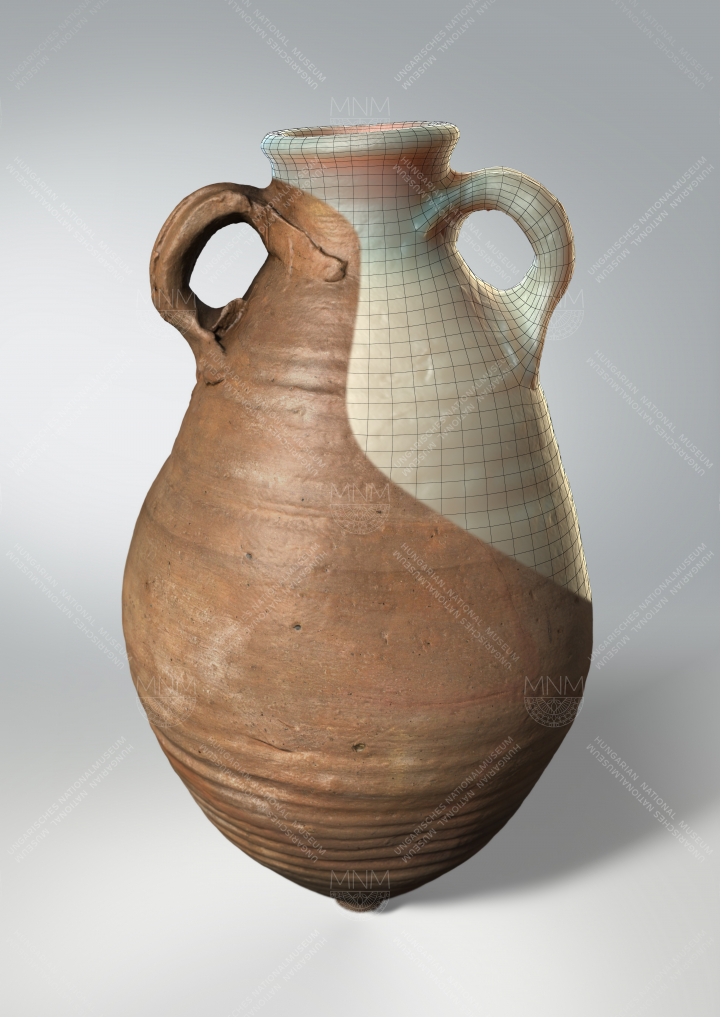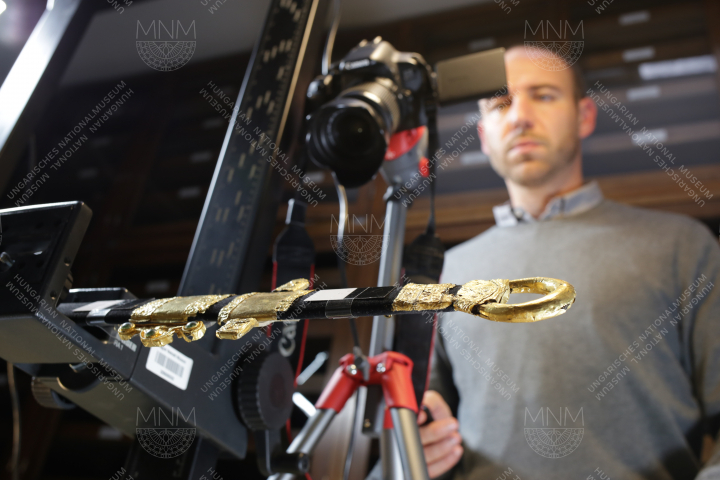
(closed)
CEMEC project factsheet
Duration: 1st October 2015 – 30th September 2019
Planned budget: 3.231.000 EUR
Participating countries: the Netherlands, Hungary, Germany, Italy, Greece, Spain, Ireland Belgium, United Kingdom of Great Britain and Northern Ireland, Denmark
Webpage: www.cemec-eu.net
Facebook: www.facebook.com/connecting_early_medieval_european_collections_cemec
A Byzantine princess, Charlemagne’s elephant, an Arab diplomat, a northern seafarer...
...real historic personalities who tell their stories and meanwhile act as guides to visitors of the Crossroads – Travelling through the Middle Ages transnational travelling exhibition. Created in the framework of the EU co-funded CEMEC project, the expo will be on show in four cities during the four-year span of the project: Amsterdam, Athens, Bonn and Brussels.
Crossroads at the Allard Pierson Museum, Amsterdam:
https://mnm.hu/en/museum/news/avars-revived-amsterdam-cemec-project
Byzantium and the Others at the Byzantine and Christian Museum in Athens:
https://mnm.hu/en/museum/news/avars-return-byzantium-cemec-project
Europa in Bewegung at the LVR-LandesMuseum, Bonn:
https://mnm.hu/en/museum/news/after-amsterdam-and-athens-avars-arrive-bonn-cemec-projekt
Crossroads at the Art & History Museum, Brussels:
https://mnm.hu/hu/muzeum/hirek/all-ends-are-beginnings-cemec-project
Religion, politics, trade, knowledge, exploration...
...moving forces in early medieval times. The centuries following the fall of the Western Roman Empire were not nearly as ’dark’ as we assumed before. Between 300-1000 AD, various peoples lived side-by-side in Europe. Regardless of being in peace or in conflict, they influenced eachother with their values and material culture, religion and knowledge. The Crossroads exhibition sheds light on these connections and presents the artefacts they inspired in a way that meets the expectations of 21th century museum visitors.
Just like these days...
...the face of early medieval Europe was constantly formed by migrations, climatic change, new religious beliefs, ever transforming social and political structures. In the framework of the CEMEC project museums and cultural institutions of ten European countries offered the best of their early medieval collections and expertise in order to bring this thrilling, turbulent era so similar to our days closer to the general audience.
Meanwhile in the Carpathian Basin...
...one of the most significant political entities was the Avar Khaganate (6-9th centuries AD), bringing the flavour of the Eurasian Steppe to Europe. As partner to the CEMEC project, the Hungarian National Museum contributes to the Crossroads travelling exhibition with outstandig Avar Period treasures of its Migration Period collection, such as the Kunágota funeral assemblage and the beautiful jewels found in the Avar Period Germanic graves of Kölked-Feketekapu. Also, HNM housed a CEMEC-related temporary exhibition entitled Avars Revived in Spring 2017.
Avars Revived at the Hungarian National Museum:
https://mnm.hu/en/exhibitions/special/avars-revived
Avars in 3D...
...along with a fine selection of Frankish, Coptic, Byzantine and many more artefacts? Yes! The output of the CEMEC project is not only a travelling exhibition but also a virtual collection of Early Medieval objects. In order to create this, a dozen of precious artefacts were digitalized at each of the partner institutions. The acquired data is also used to produce holographic showcases, animations and short movies as well as an interactive database and demonstration tool.
Scroll down for 'behind the scenes' pictures taken at the 3D scanning session!
Want more?
...read our articles about the Crossroads exhibitions and the CEMEC project itself, take a close look at the 3D models available online, watch the movies based on these and browse our online catalogue for more Early Medieval artefacts from Hungary!
More contents available soon.
Partnes:
Concept and curatorial contents:
- Allard Pierson Museum, Amsterdam/University of Amsterdam
- LVR-LandesMuseum, Bonn/University of Bonn
- Hungarian National Museum/Eötvös Loránd University of Sciences
- Consiglio Nazionale delle Ricerche ITABC, Rome/Museo Nazionale dell’ Alto Medioevo, Rome
- Byzantian and Christian Museum, Athens
- Institute for Iberian Archaeology, University of Jaén/Museo de Jaén
- University College Dublin/National Museum of Ireland
- Royal Museums of Art and History Museum, Brussels
Other contributors:
- Ashmolean Museum, Oxford
- Ny Karlsberg Glyptotek, Copenhagen
3D models and holographic showcases:
- E.V.O.C.A., Rome
- Moobels, Hilversum
- Fraunhofer-IGD, Darmstad
Interactive panoramic timeline, animations:
NoHo, Dublin
Evaluation, business modell:
DEN Kennistituut Digitale Cultuur, The Hague
